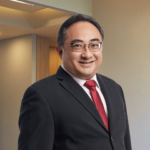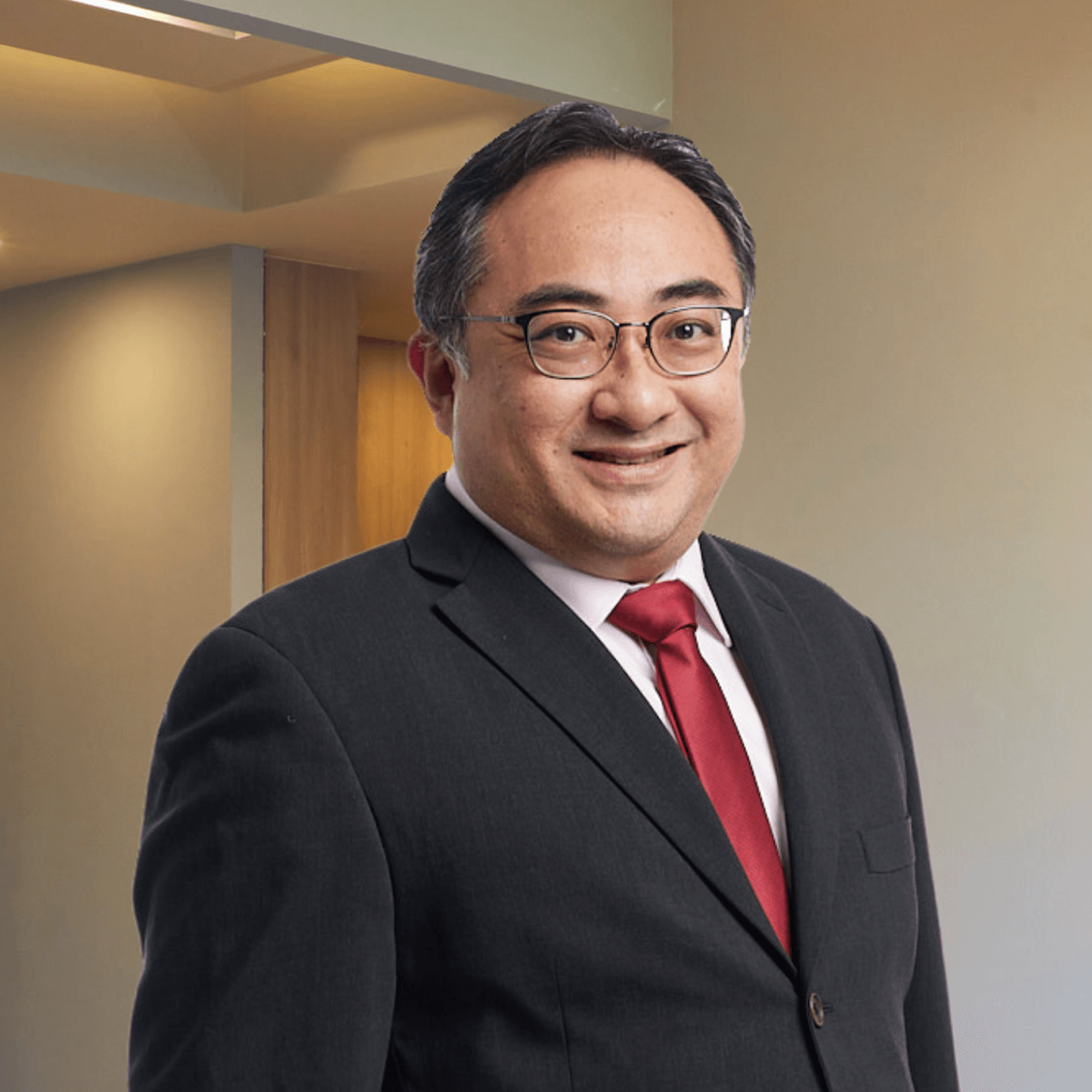Risks and Complications of Surgery
Like all surgical procedures, skull base tumour excision carries some risks and potential complications.
- Infection: As with any surgery, there is a risk of infection at the incision site or within the skull. Infections are treated with antibiotics but can extend hospital stays and recovery.
- Bleeding: There is a risk of significant bleeding during or after surgery, given the area’s rich blood supply. In rare cases, a blood transfusion or additional surgery may be needed to control bleeding.
- Neurological Damage: Given the proximity to vital nerves and brain structures, there is a risk of damage leading to loss of smell, vision impairments, facial paralysis, or difficulties with balance and coordination.
- Cerebrospinal Fluid (CSF) Leak: Surgery may result in a leak of CSF, the fluid surrounding and protecting the brain and spinal cord. This can lead to meningitis, a severe infection of the brain’s protective membranes, and may require additional surgery to repair.
- Hormonal Imbalances: If the tumour is near or involves the pituitary gland, there may be changes in hormone levels requiring long-term medication to manage.
- Recurrence: There is always a risk that some tumour cells may remain, leading to the tumour’s recurrence. Regular follow-up is necessary to monitor for any signs of recurrence.


